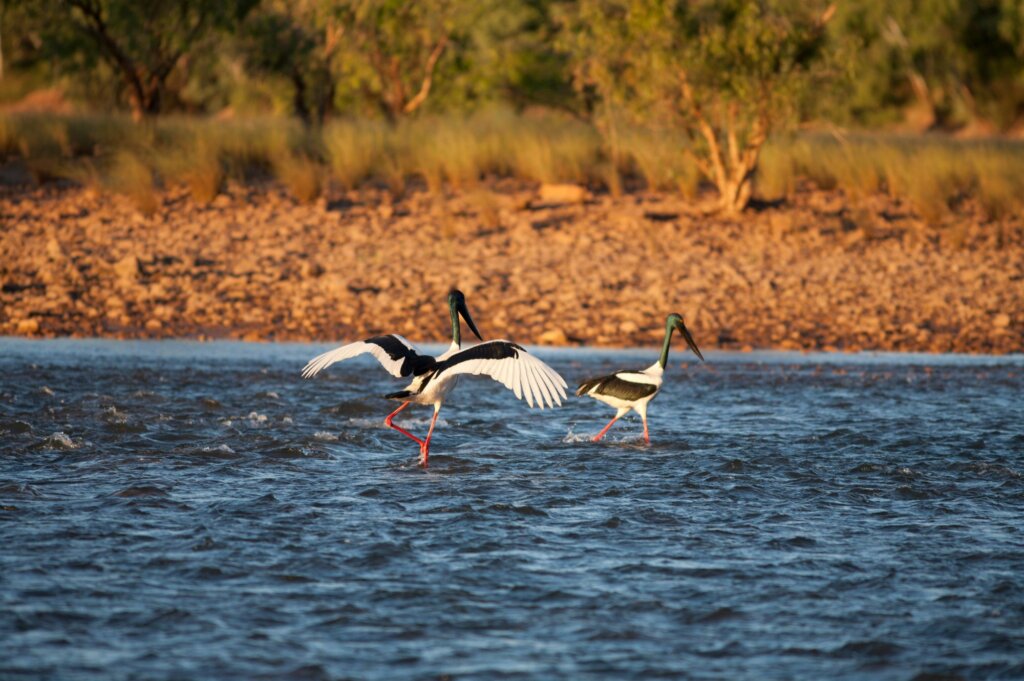Extraordinary savannas in peril
Sweeping across more than a million kilometres, spectacular savanna woodlands are a vitally important ecosystem stretching across Northern Australia, from Cape York to the Kimberley.
Ancient eucalypts and tall grasses are home to rainbow birds, rare insects, reptiles, mammals and wildflowers. This hidden treasure accounts for 20 per cent of the world’s savanna – right here in our backyard.
Savanna woodlands are a rich, complex and fragile ecosystem. In this bubble of life, each element is intricately connected.
But what was once the least damaged and polluted savanna in the world is now one of the most vulnerable ecosystems on this continent.

The Northern Territory is home to some of the largest intact savanna on Earth.
But our savanna is in crisis. Like the Great Barrier Reef, it's a vital ecosystem that's literally collapsing before our eyes.
Why are the savannas here so special?

Extraordinary creatures
The savanna is home to magnificent rainbow birds, ancient lizards, rare insects and mammals already on the brink of extinction.
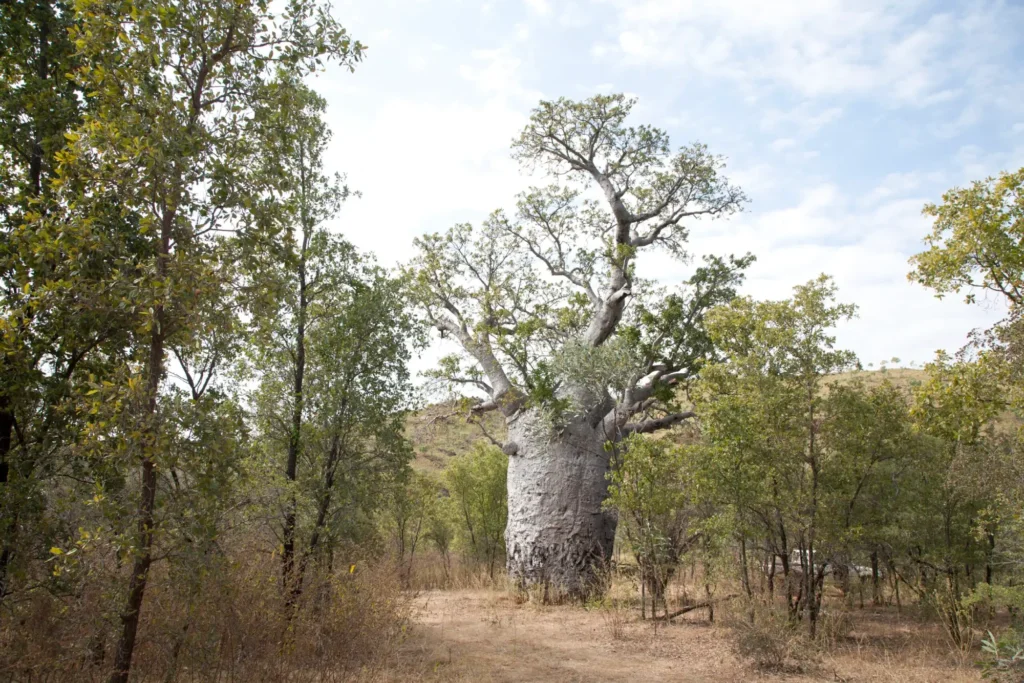
Sacred country
Every part of the savanna is the country of First Nations people who have cared for it for generations.
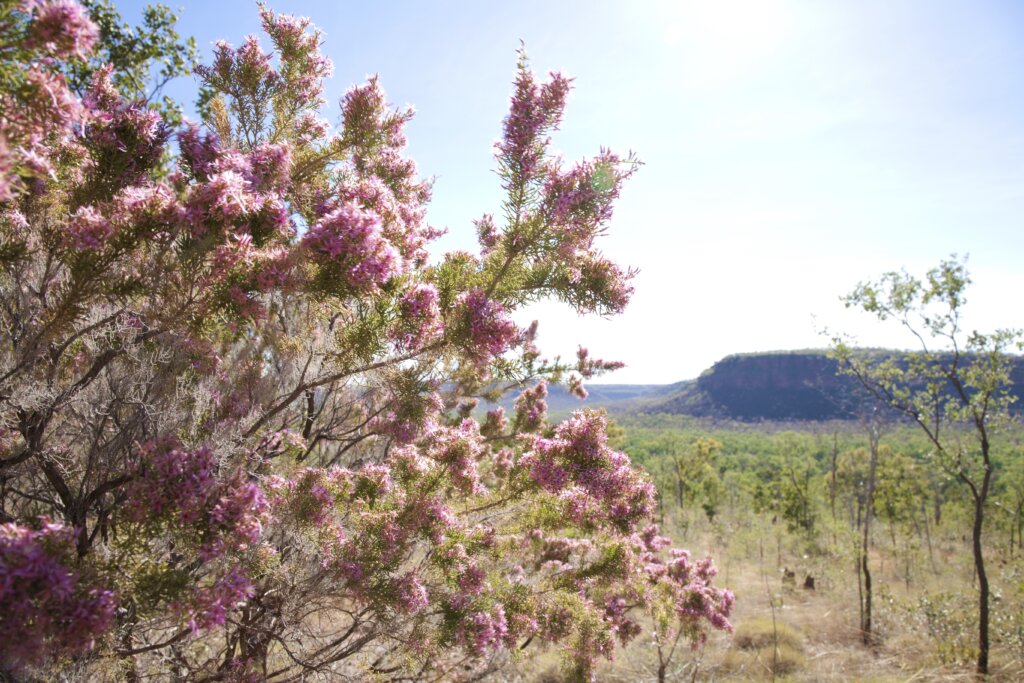
A delicate ecosystem
Savanna woodlands are a rich and complex ecosystem where each element is intricately connected.

The bulldozers are moving in.
Land clearing for cotton and agriculture is skyrocketing across the Northern Territory – much of it without proper oversight or scrutiny.
Over the past 4 years, land approved for clearing surged by around 300%.
We are concerned the NT government is rubber stamping permits and turning a blind eye, as big cotton and industrial agriculture companies have been approved to raze 8,926 MCG fields worth of savanna in 2022 alone.
The NT is the only jurisdiction in Australia with no specific native vegetation laws and no conservation strategy to protect ecosystems already collapsing.
In May 2023, the Northern Territory government released its Agribusiness Strategy. It includes a proposal to radically change pastoral land rights to enable cropping – and could hugely increase land clearing and native vegetation destruction.
What we're doing
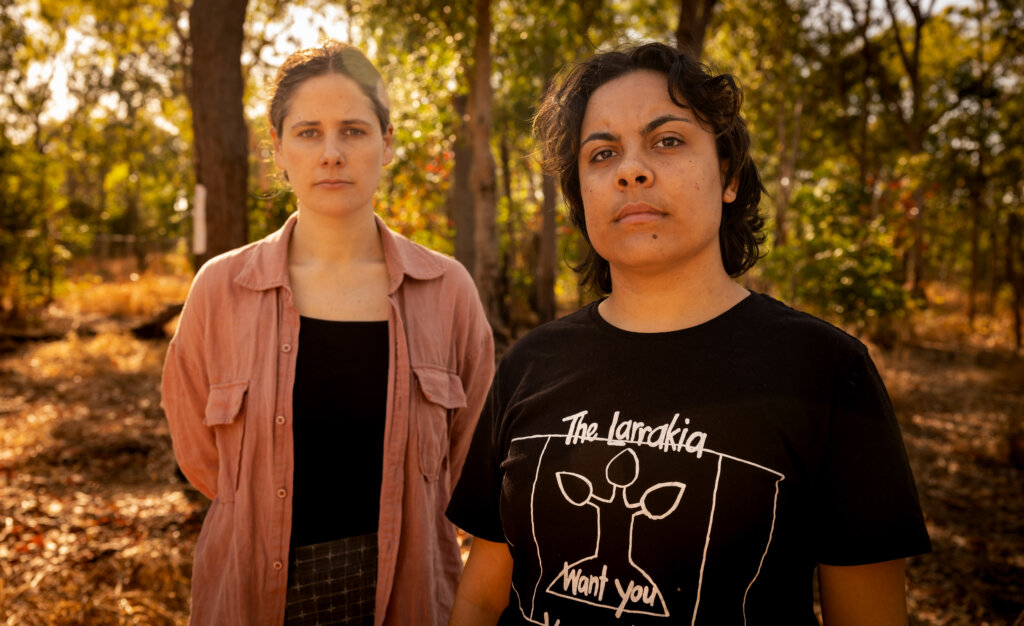
Binybara/Lee Point
We're representing Traditional Owners to protect sacred sites from land clearing at Binybara/Lee Point.
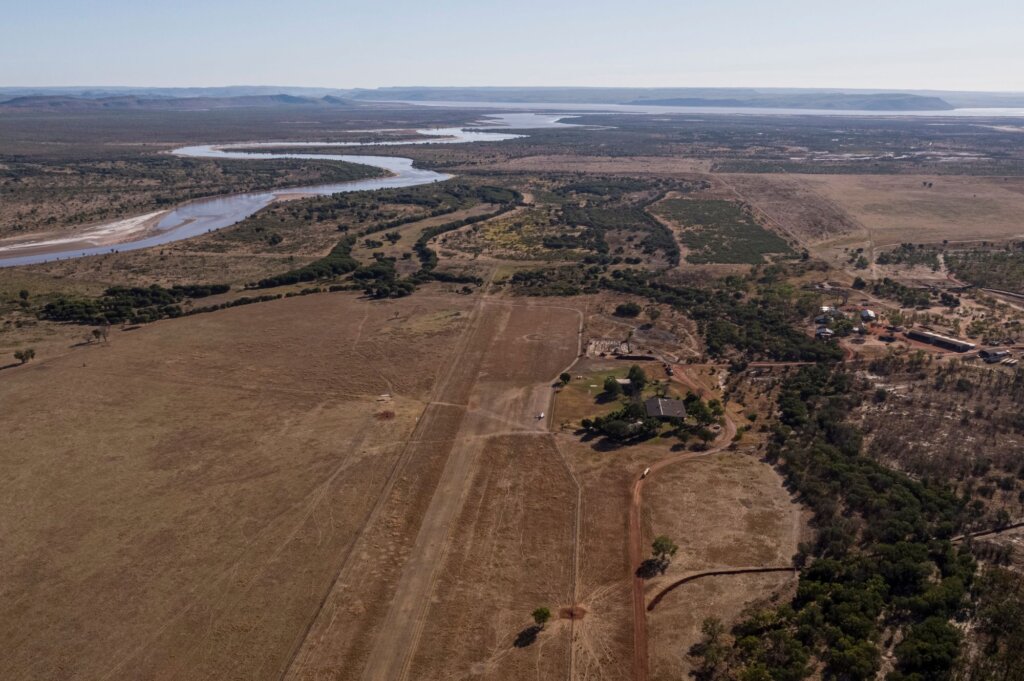
Auvergne case
We're running legal challenges to stop big cotton and industrial agriculture from clearing precious savanna.

Big cotton permits
We're investigating and exposing illegal land clearing and rubber stamping of big cotton permits.
Frequently asked questions
The cotton industry has big plans to expand across the Northern Territory. The industry's plans could cause significant harm to the largest remaining intact savanna in the world.
Multinational corporations are trying to push their way into the NT with plans to bulldoze more than 50,000 hectares in the next few years and up to 200,000 hectares in the long run.
The Northern Territory Farmers Association and OLAM Australia, a multinational corporation which runs cotton gins across NSW and Queensland, are spearheading the proposal.
Massive stations on spectacular savanna woodland have been bought up by big agriculture businesses in the past year including Auvergne Station, while several others have plans to trial cotton.
Land clearing is accelerating in the NT at an alarming rate. In the past four years, land approved for clearing increased by around 300%.
In 2022 alone, 18,057 ha was approved for clearing. This is equivalent to around 8,926 MCG fields.
Large-scale clearing will cause harm to biodiversity, degrade water quality, and increase carbon emissions.
A cotton industry would also increase pressure on water across the Territory. Depending on how it is grown, cotton can be a thirsty crop; it can take about 10,000 litres of water on average to grow one kilogram of cotton.
Several factors determine how much water a crop needs – whether it is rain-fed, how it is irrigated, soil and pesticide use.
The NT Farmers Association has plans to extract 520 gigalitres of water from the Territory’s Daly River, and although they say the majority of cotton crops will be rain-fed that still requires water to be banked for dry periods. Between 500 and 1,500 hectares will be irrigated operations.
Genetically modified cotton is used for the vast majority of crops in Australia.
Like other crops, cotton farming can lead to soil erosion, contamination, and degrade the quality of soil.
Eroded soil may contain fertilisers or pesticides which are harmful to the environment and will run off into waterways and groundwater.
Soil in the NT typically has low nutrient levels and poor structure, making it poor for cropping. As these soils have limited capacity to hold water it may also require irrigation. A report found dry-land cotton crops could lead to the risk of erosion and nitrates being lost in runoff.
Floodplain harvesting has caused serious problems in the Murray Darling Basin where cotton farmers have been able to take vital flood waters by diverting it with levees and channels, rather than letting water flow back into the river, wetlands and downstream.
Floodplains across the NT are highly biodiverse ecosystems, and seasonal floods are a primary driver of ecological processes supporting vital wildlife.
Corporations pushing for the cotton industry in the NT seek to divert flood water away from these critical natural processes, which could be damaging to the river flows, wetlands and entire ecosystem.
Cotton crops can require pesticides and fertilizers which are harmful to the environment and run off into the soil and water.
The Oolloo Dolostone aquifer in the Daley River region of the NT is vulnerable to contamination because there are hundreds of sinkholes and permeable soil.
In this region, the groundwater system and Daly River are tightly connected and poor-quality water leaching into groundwater and the river could impact communities’ drinking water.
An NT government study found low levels of agricultural chemicals in the Oolloo Dolostone and Katherine Tindall aquifers, which has prompted concerns of what a growing cotton sector would mean for the health of the community and environment.
The iconic Murray Darling Basin is the epicentre of cotton crops in Australia, and a warning bell sounding the alarm to other jurisdictions.
Unforgettable scenes of disastrous algae blooms, millions of fish killed, and sections of river reduced to puddles were a stark insight into an ecosystem in peril.
A Royal Commission in 2019 was launched off the back of allegations of water theft by NSW cotton farmers, which found commonwealth officials had committed gross maladministration, negligence and unlawful actions in the Murray Darling Basin Plan and recommended a complete overhaul.
Latest updates
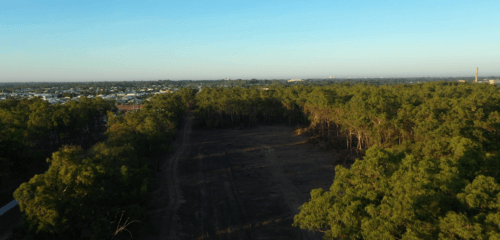
Traditional Owners considering legal options
April 3, 2024Read More
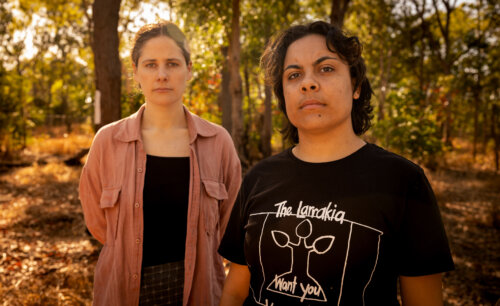
Save Binybara / Lee Point
September 7, 2023Read More
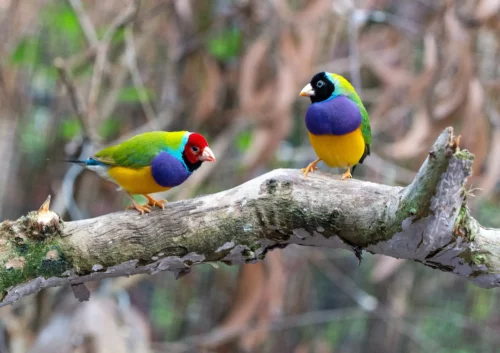
Iconic birds threatened by Lee Point development
June 20, 2023Read More
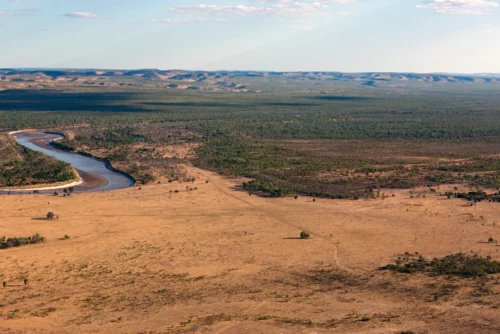
Taking on land clearing in the NT
June 6, 2023Read More

Protecting endangered Gouldian Finches in Lee Point from habitat-destroying developers
May 1, 2023Read More

As landclearing skyrockets in the NT, unique savanna woodlands need protection
November 2, 2022Read More
